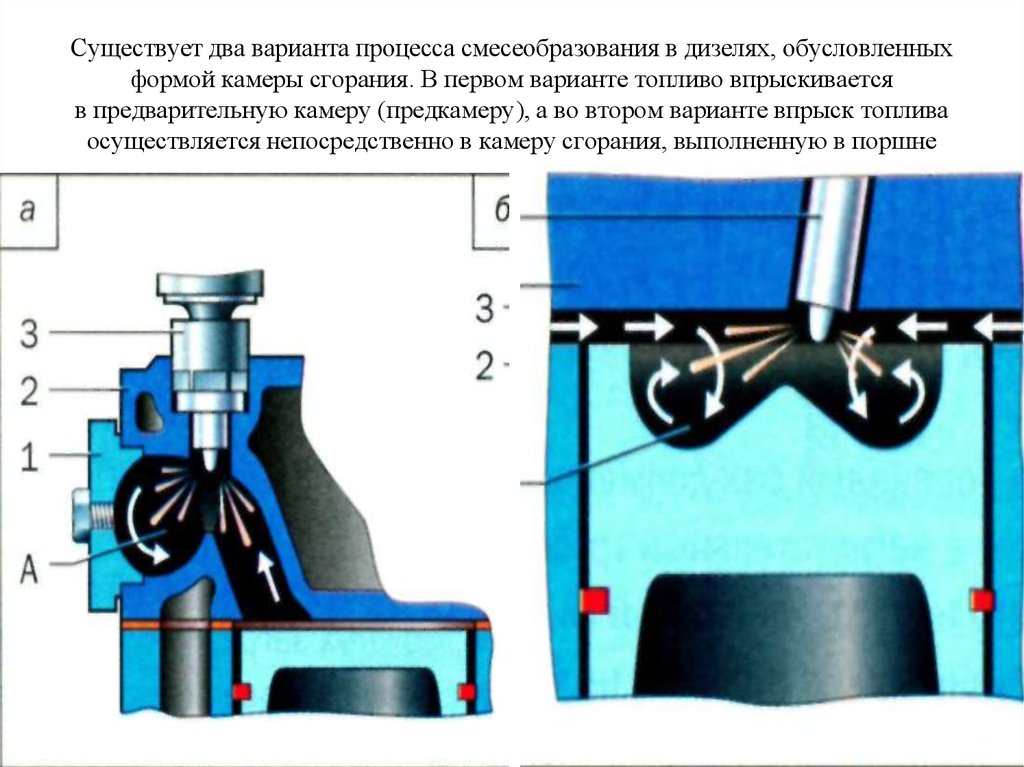
How to perform emergency braking? Check out how to do it right!
Content
While emergency braking is difficult to practice without a trigger, a thorough study of the theory can save your life. How to brake correctly in an emergency to help yourself and other people on the road? Learn about the most common mistakes drivers make in these situations. Find out how important driving position is for your reaction and why you need to put in a little more effort than usual. These tips are definitely worth remembering!
What is emergency braking?
Emergency braking occurs when something threatens the life or health of people on the road. There can be many such situations. For example, the vehicle in front of you suddenly braked. Sometimes a child suddenly appears on the road. Braking may be necessary when a dog, elk or deer is running in front of your vehicle. If you crash into a huge animal at high speed, the consequences will be dire. Emergency braking is a maneuver you may need in an emergency, even if you always drive according to the rules.
Emergency braking - the test requires it
Category B Driver's License Exam Requires Emergency Braking Skills. However, you do not have to worry about being forced to perform this maneuver without prior information from the examiner. Even before you set off, you will be informed that a brake test will be carried out. This emergency braking will occur when the examiner pronounces the given word. These can be words like "stop", "brake" or "stop".
Emergency braking category B - what should it be?
When you hear the examiner's beep during the exam, you will need to start by pressing the brake. The maneuver is designed to stop the car in the shortest possible time, which means that you have to shorten the braking distance as much as possible. For emergency braking, you will also need to depress the clutch pedal until the car comes to a complete stop, as this will prevent it from stopping.. Then, when the examiner allows you, you can verify that the area is safe and that you can get back on the move.
How to brake in an emergency - common mistakes
The most common mistakes before emergency braking are:
- improper adjustment of the driver's seat;
- too light brake and clutch pressure.
Poor seat adjustment can be a major handicap when there is an emergency on the road. Always check if you feel comfortable pressing the pedal after you get into the car. This shouldn't be too much of a problem for you. The leg should be slightly bent, even when you press the brake all the way. In addition, you must remember that the seat back will also affect emergency braking. It should not be bent too far back, as this may cause the foot to slip off the pedal. Another issue is the braking power, which we write about below.
Emergency braking
When there is an emergency, you cannot be gentle. Emergency braking requires a sharp and strong application of the brake and clutch. Only in this way will the corresponding signal reach the motor, which will cause it to turn off. Otherwise, it may still push the vehicle slightly, making braking difficult. For obvious reasons, it is not advisable in an emergency situation, when it is most important to reduce the stopping distance to a minimum. When the lives and health of those around you are at stake, you don't have to worry about the car jerking too hard. It's better to get a frayed belt than to have a serious accident.
Cars with emergency brake assist are on the market
In an emergency, an additional function available on some vehicles can help. Brake Assist was created for a reason. Its creators noticed that most drivers do not understand how much force they have to initiate an emergency braking maneuver, which leads to accidents. Many modern cars react, for example, to a sharp release of the accelerator pedal. If it is combined with the same hard braking, the assistant is activated and makes the car stop faster.
Emergency braking is stressful and dangerous, so it is all the more important to systematize all the most important rules. Remember to sit in the seat correctly so that brake and clutch pressure is adequate. Also, do not hesitate to use force, because temporary discomfort is nothing compared to the possible consequences of an accident.
